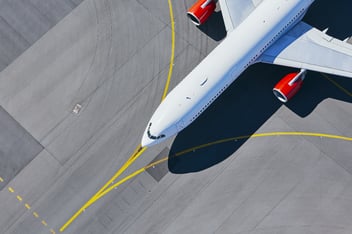As industries evolve and place greater emphasis on lightweight materials for improved efficiency and sustainability, the design and optimisation of load-bearing joints face new challenges. Ensuring that mechanical joints can withstand various stresses and environmental conditions while maintaining their integrity is critical.
This guide provides practical tips for optimising the load-bearing performance of mechanical joints, focusing on material selection, environmental resilience, installation practices and the effective use of wire thread inserts.
1. Choose the right materials
Select materials that match your application's specific requirements. Lightweight materials like aluminium and titanium are popular for their weight-saving benefits but require careful consideration due to their lower stress tolerance and higher susceptibility to wear and corrosion.
- Aluminium: Ideal for applications requiring lightweight and corrosion resistance.
- Titanium: Offers excellent strength-to-weight ratio and corrosion resistance.
- Stainless steel: Provides high strength and excellent corrosion resistance for more demanding applications.
2. Take thermal, corrosive and vibration-heavy environments into account
Protecting your joints from corrosion is essential, especially in harsh environments such as marine or chemical industries. This can be accomplished by choosing the right materials and applying protective coatings. For instance, materials like phosphor bronze or coated stainless steel offer enhanced corrosion resistance.
This need for resilience continues to high-frequency vibrations and thermal expansions, which is particularly important in aerospace and automotive applications. Incorporating materials or designs that absorb vibrations and using materials that can tolerate temperature variations without cracking or wearing can help mitigate these stresses. This ensures the joints maintain their integrity and performance under dynamic and fluctuating conditions.
3. Ensure proper installation and regular maintenance
Correct installation and regular maintenance are vital for the longevity of load-bearing joints. Following best practices and using specialised tools ensure a proper fit and function. Precision tools are essential for installing fastening elements like wire thread inserts and other components accurately. Moreover, scheduling periodic inspections helps identify and address wear or damage early, preventing potential failures and extending the life of the joints.
4. Implement techniques to guarantee effective load distribution
Ensuring that the load is evenly distributed across the joint is vital to prevent stress concentrations that can lead to fatigue cracks and failure. This can be achieved through proper joint geometry and the use of inserts. Designing the joint to spread the load evenly and using wire thread inserts helps distribute stress more uniformly, enhancing the joint's overall durability and reliability.
5. Utilise wire thread inserts for guaranteed load-bearing joint performance
Wire thread inserts are a crucial component in optimising the load-bearing capacity and durability of mechanical joints, particularly when dealing with lightweight materials. These inserts provide a robust threaded surface for bolts or screws, distributing stress more evenly across the joint and significantly improving its strength and longevity.
Choosing the appropriate material for wire thread inserts is vital. Stainless steel is widely used for its strength and corrosion resistance, suitable for general applications. Phosphor bronze is ideal for environments exposed to saltwater or chemicals due to its superior corrosion resistance. Inconel X-750 is perfect for high-temperature applications as it maintains strength and resists oxidation at elevated temperatures. Nitronic 60 offers excellent resistance to wear, galling,and fretting, making it suitable for high-stress applications.
Key benefits of wire thread inserts:
- Enhanced strength: Distributes stress evenly, reducing the likelihood of material fatigue and failure, especially in softer materials like aluminium and magnesium.
- Vibration resistance: Provides a secure fit between the bolt and the tapped hole, preventing joint loosening in dynamic environments.
- Corrosion resistance: Acts as a barrier against corrosive environments, prolonging the life of the joint. Custom coatings like cadmium and silver can offer additional protection and specific performance benefits.
- Ease of maintenance: Simplifies maintenance processes, particularly with tangless inserts, which eliminate the risk of foreign object debris (FOD) and allow for easier removal and reinstallation.
Make joint optimisation simple with KATO® Advanex
Optimising the load-bearing performance of mechanical joints requires a comprehensive approach that includes careful consideration of various factors like material selection and proper installation. Effective load distribution and the strategic use of wire thread inserts further enhance joint strength and durability.
At KATO Advanex, we specialise in providing high-performance wire thread inserts and joint solutions that meet the rigorous demands of various industries. Our innovative products, combined with our commitment to quality and customer support, ensure that you achieve the best possible outcomes for your load-bearing joints.
To find out more about our products or to get additional pricing information, contact a member of our team today.
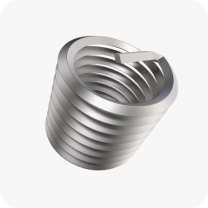
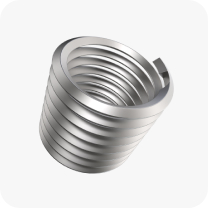
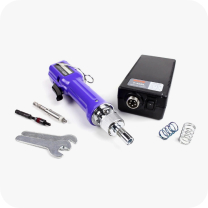
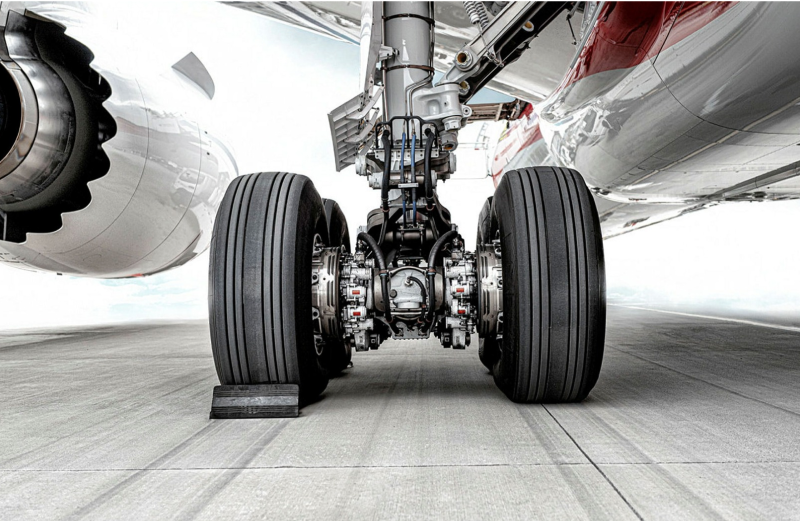
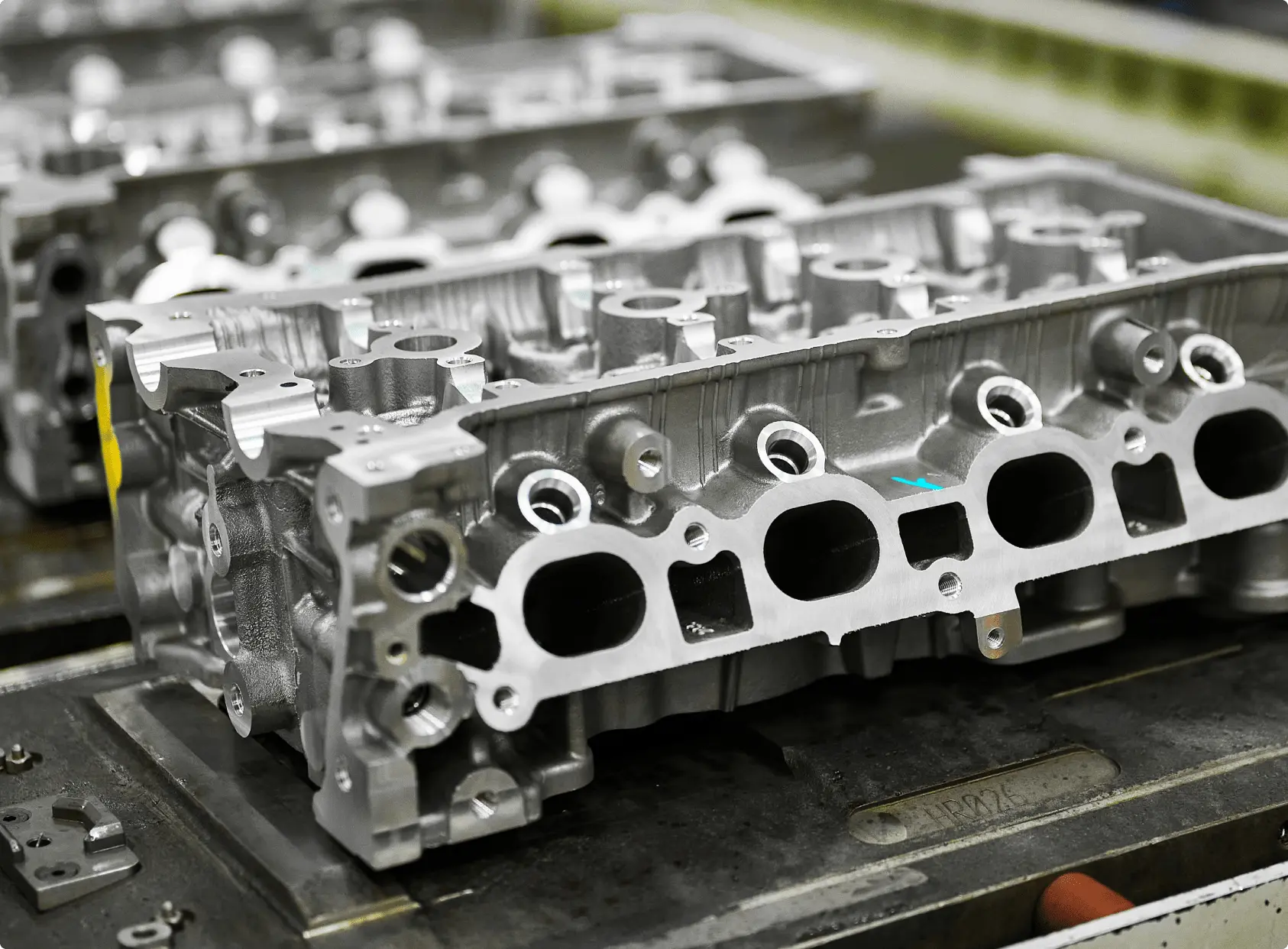
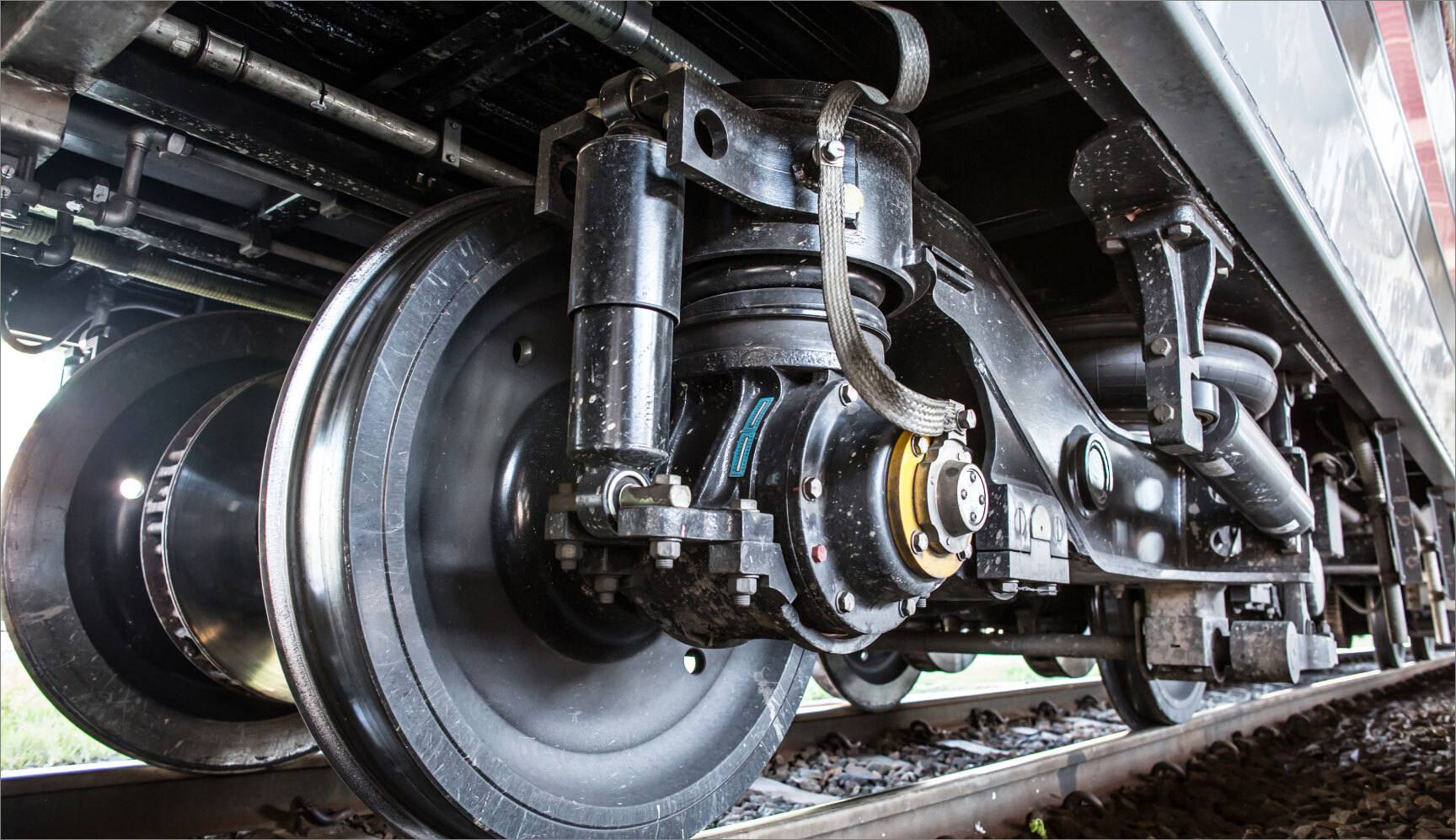

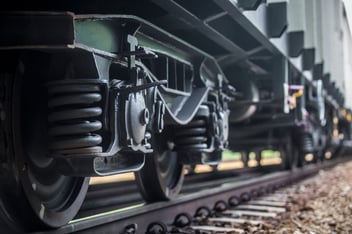
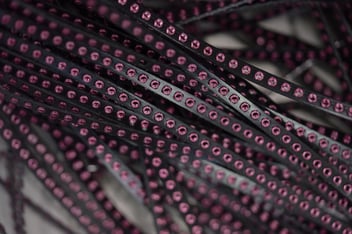
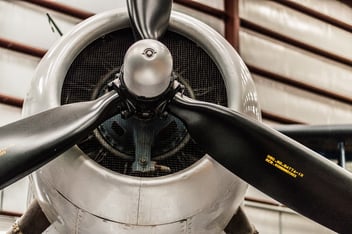
.jpg?width=352&name=Shutterstock_1375070846%20(1).jpg)

